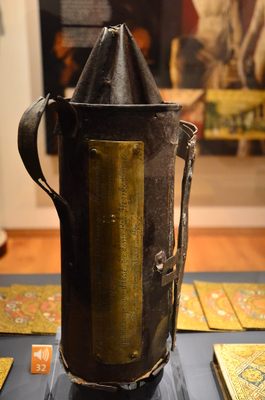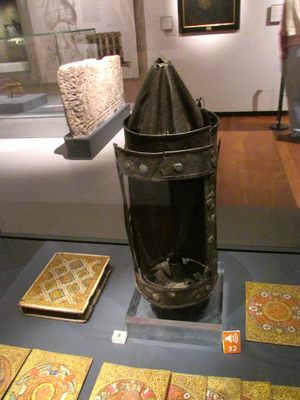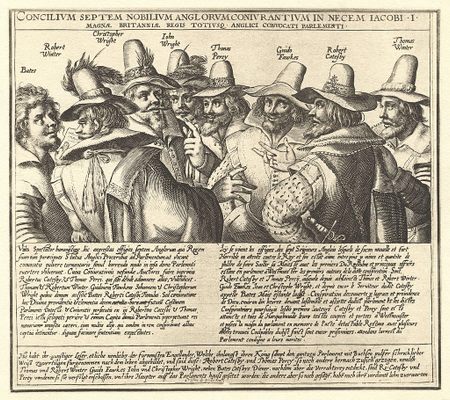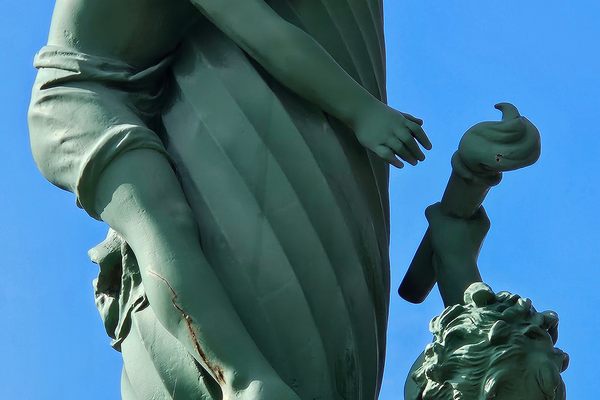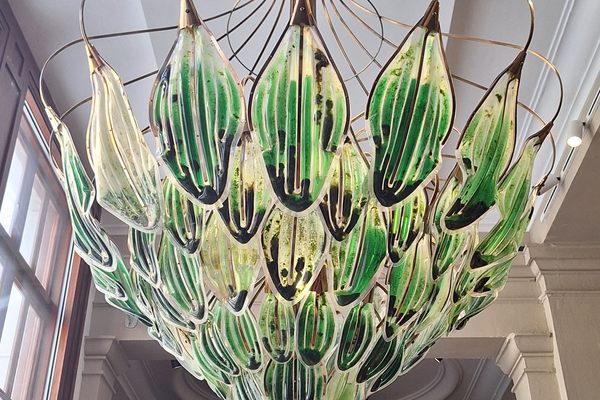About
In one of the display cabinets of Oxford University's Ashmolean Museum sits a rather unremarkable and shabby-looking iron lantern, however, this 17th-century lamp once belonged to one of the most infamous and colorful characters of British history, the conspirator and terrorist Guy Fawkes (also known as "Guido" Fawkes).
The gunpowder plot is one of the most notorious events in English history and is commemorated every year on the night of the 5th of November, also known as Guy Fawkes Night, with fireworks (somewhat ironically) and often the burning on a pyre of an effigy known as a "Guy," which represents the infamous character.
The failed plot was an attempt to end the persecution of English Catholics by the protestant King James and his government and the restoration of a Catholic monarchy to the country through an insurrection. The conspirators planned to do this through assassination by the blowing up of the Houses of Parliament while the King and his court were in attendance with an enormous quantity of gunpowder that had been covertly stored in the cellars beneath the building.
However, at the last moment an anonymous letter was sent to a Lord Monteagle, an aristocrat of a Catholic background, of which an extract read: "For though there be no appearance of any stir, yet I say they shall receive a terrible blow this Parliament; and yet they shall not see who hurts them."
The Lord passed the letter to the authorities who immediately suspected that an act of terrorism was imminent prompting Royal Guards to launched a frantic search of the Houses of Parliament. In the cellars (which were almost not checked) the guards discovered and arrested Guy Fawke and found a fuse and 36 barrels of gunpowder (1000 kg, or 2204 pounds of black powder explosive) which would have been sufficient to kill everyone in attendance above and destroy both the houses of Parliament and every building within 40 meters (which would have similarly been reduced to rubble).
In the aftermath of his arrest Guy Fawke's was subjected to torture for days and eventually under great duress revealed the plot and the names of his co-conspirators who were subsequently either arrested or died in shootouts with soldiers who had attempted to arrest them.
In 1606, Guy Fawkes was sentenced to death by the King by being "hung, drawn and quartered," but ultimately avoided this excruciating death by seconds by jumping from the ladder of the hanging platform and breaking his neck.
The lantern has been at the university since the 17th-century when it was donated by then Oxford-proctor Robert Heywood, whose brother Peter had apparently accompanied the Royal Guard on the night of Fawke's arrest.
In a more dramatic (and unsubstantiated) telling Peter is said to have struggled with Guy Fawkes and wrested the lantern from his hands before the conspirator could in an impromptu proto-suicide bombing ignite the gunpowder and blow up the houses of Parliament (albeit without having achieved the assassination of the king).
Related Tags
Know Before You Go
The lantern of Guy Fawkes can be seen in the Ashmolean's "Story Gallery" which is located on the lower ground floor. The Ashomlean Museum is open everyday from 10 a.m. to 5 p.m. and entrance is free.
Community Contributors
Added By
Published
January 27, 2022

